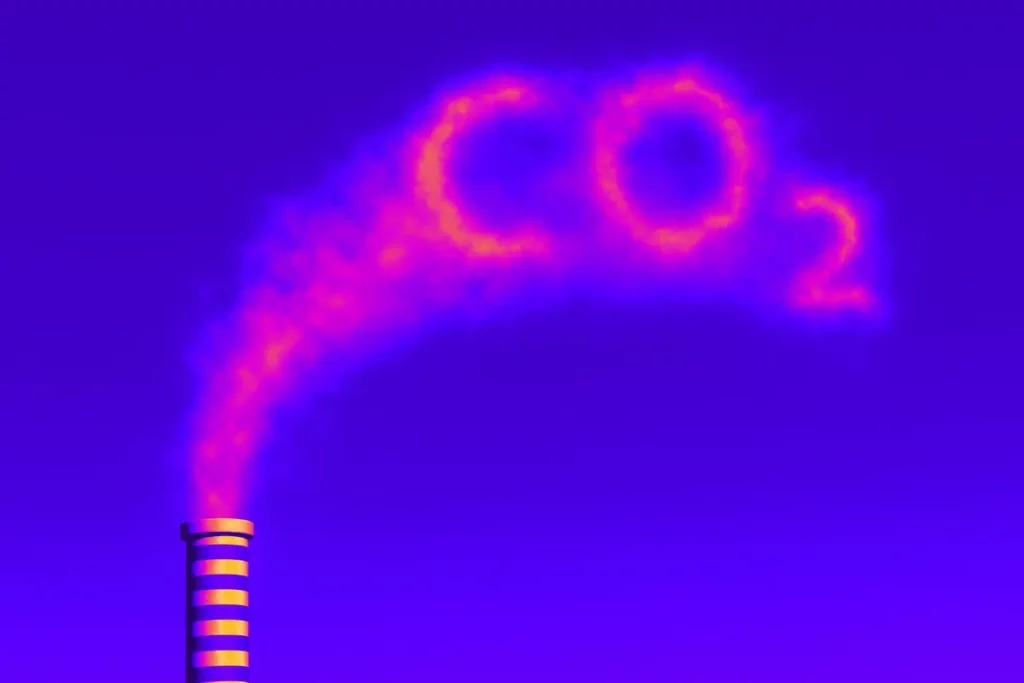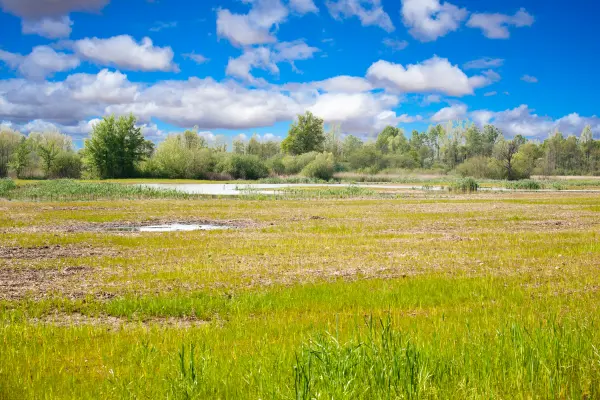- Carbon Dioxide Removal technologies are vital for not only reducing emissions but also actively removing existing CO2 from the atmosphere, crucial in combating climate change.
- Successful implementation of CDR can reverse global temperature rises, restore natural carbon cycles, and spur economic growth through new industries and innovations.
- CDR represents a paradigm shift in climate action, focusing on healing past damages and promising a future where human activities do not compromise the Earth’s delicate balance.
“We do not inherit the Earth from our ancestors; we borrow it from our children.”
This profound statement encapsulates the principle behind Impact Technologies, which are increasingly pivotal in today’s environmental landscape. These technologies, designed to generate significant positive societal and environmental changes, are particularly crucial in the realm of Carbon Dioxide Removal (CDR) Innovations.
Amidst escalating global warming challenges, CDR stands out by not just aiming to reduce emissions but actively removing and sequestering CO2 from the atmosphere. This approach marks a critical shift from mitigating to reversing the impacts of climate change, underlining the transformative role of Impact Technologies in our fight for a sustainable future.
Why Carbon Dioxide Removal Innovations are Important in Addressing Climate Change
Climate change poses an unprecedented threat to our planet, and Carbon Dioxide Removal (CDR) innovations emerge as a significant tool in our arsenal. These technologies not only complement efforts to reduce emissions but also offer a proactive approach to directly mitigate the existing excess of CO2 in our atmosphere. Here are the reasons why Carbon Dioxide Removal innovations are important:
Surpassing Safe Limits: Global CO2 levels have already exceeded the 400 parts per million mark, well beyond what is considered safe for maintaining global temperature rises below 2°C. This makes the case for not just halting emissions but actively removing them from the atmosphere.
Legacy Emissions: CO2, once released, doesn’t just disappear; it lingers in the atmosphere for centuries. Even if all emissions were halted today, the existing CO2 would continue to impact the climate. CDR aims to address this stock of legacy emissions.
Offsets and Balancing: As we transition to a renewable-centric world, certain sectors (like aviation) might continue to emit CO2 for the foreseeable future. CDR offers a mechanism to balance these emissions, enabling a path to net-zero emissions or even net-negative emissions.
Enhancing Natural Processes: While technological solutions grab headlines, CDR also encompasses enhancing natural carbon sinks, such as afforestation and promoting oceanic uptake of CO2.
What Does Success in Carbon Dioxide Removal Look Like?
The success of Carbon Dioxide Removal technologies could mark a turning point in our battle against climate change, offering tangible solutions to a problem that has long seemed insurmountable. Through effective implementation and innovation, these technologies hold the potential to significantly alter the trajectory of global warming.
Should the key players in the CDR space achieve their objectives, the impact for our planet and its inhabitants would be profound:
Reversing Temperature Rises: Successful large-scale implementation of CDR technologies could contribute to halting, or even reversing, global temperature increases, averting some of the most catastrophic impacts of climate change.
Restoring Natural Balance: By reducing atmospheric CO2, CDR can aid in restoring the planet’s natural carbon cycle, which has been significantly disrupted by human activities.
Economic Diversification: The CDR sector, once matured, would provide myriad economic opportunities, from research and development to field implementation, monitoring, and maintenance. New industries and job roles would emerge, reshaping economies.
Policy Reinforcement: The availability of effective CDR technologies would bolster global climate policies. Countries could set even more ambitious climate targets, knowing that there’s a mechanism to actively draw down excess CO2.
Spurring Innovation: As with any burgeoning field, successes in CDR would likely spur further advancements in related technologies. This could range from more efficient capture methods to innovative uses for the extracted carbon, such as in manufacturing or as alternative fuels.
Protecting Biodiversity: By stabilizing and improving climatic conditions, successful CDR could halt or even reverse some of the damage inflicted on various ecosystems, ensuring the survival of numerous species at risk due to changing habitats.
The Future of Climate Action with CDR
Carbon Dioxide Removal represents a paradigm shift in our approach to the climate crisis. Instead of merely looking forward, it emphasizes healing the scars of the past, addressing both the causes and the lingering effects of human-induced climate change. The mission of key players in the CDR arena is nothing short of monumental: to reclaim the skies from the weight of excessive CO2 and to restore the delicate balance that sustains life on Earth. In their success lies the promise of a rejuvenated planet, where the legacy of our past does not dictate the fate of our future.











